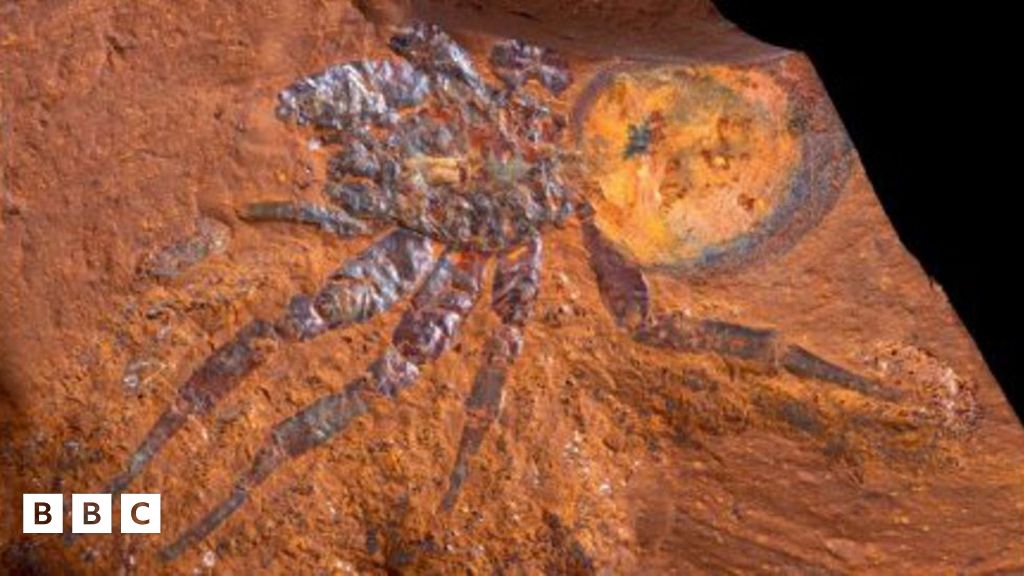The fossil is between 11 to 16 million-years-old and was found in the centre of Australia in a very dry region of New South Wales, called McGraths Flat.
It’s thought to be the first of this particular species to be found - and only the fourth spider fossil discovered in Australia.
Let’s not take all the excitement away, this is, after all, still the second largest spider fossil ever found.
Palaeontologist Matthew McCurry, of the University of New South Wales and the Australian Museum, said: "Only four spider fossils have ever been found throughout the whole continent, which has made it difficult for scientists to understand their evolutionary history."That is why this discovery is so significant, it reveals new information about the extinction of spiders and fills a gap in our understanding of the past.
“Not only is it the largest fossilized spider to be found in Australia but it is the first fossil of the family Barychelidae that has been found worldwide,” says arachnologist Robert Raven of Queensland Museum.
Needs fossilized banana for scale…
Anyone using stable diffusion or one of the image generators? I’m sure it could happen.
Bonus points for using the extinct Daintree Banana - https://bie.ala.org.au/species/https://id.biodiversity.org.au/node/apni/2896063
This is the best summary I could come up with:
The fossil is between 11 to 16 million-years-old and was found in the centre of Australia in a very dry region of New South Wales, called McGraths Flat.
It’s thought to be the first of this particular species to be found - and only the fourth spider fossil discovered in Australia.
Palaeontologist Matthew McCurry, of the University of New South Wales and the Australian Museum, said: "Only four spider fossils have ever been found throughout the whole continent, which has made it difficult for scientists to understand their evolutionary history.
“That is why this discovery is so significant, it reveals new information about the extinction of spiders and fills a gap in our understanding of the past.”
"There are around 300 species of brush-footed trapdoor spiders alive today, but they don’t seem to become fossils very often.
This could be because they spend so much time inside burrows and so aren’t in the right environment to be fossilized."
The original article contains 347 words, the summary contains 158 words. Saved 54%. I’m a bot and I’m open source!
So how big was the damn thing actually? Maybe a detail you’d want to mention if the size is the main point of your headline?
Its body measures 23.31 millimetres, or just under an inch. With its legs spread, it might fit comfortably into the palm of your hand.
It’d still fit in your hand. We aren’t talking Arragog, here.




